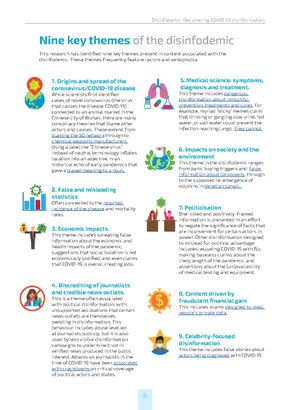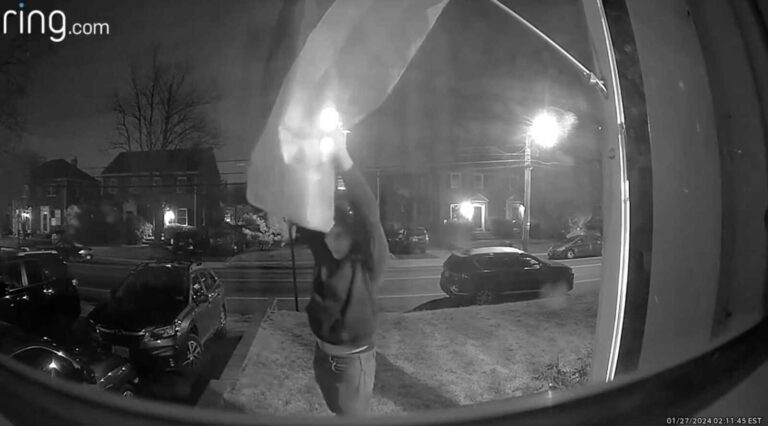Are you bored by being alone with your thoughts? Does the thought of cooking a meal, brushing your teeth, or taking a walk without a podcast, TV show, or music playing send you into a cold sweat? If so—according to a trend circulating on social media—you’re a great candidate for something called a “dopamine detox.”
It involves identifying behaviors that you turn to too frequently for a quick boost—mainly things like social media, gaming, and watching TV—then taking a break from them for a few days to a week. The goal is to recalibrate your brain’s reward pathways.
Though some evidence suggests that taking a break from certain unhealthy behaviors can prove transformative, most research focuses on clinical addictions, not the daily temptations we all face. That hasn’t stopped content creators from overstating the science to promise unmatched happiness, productivity, academic success, and lots of money from a digital detox—all unrealistic claims. It’s just a temporary break, and while that can be nice, it won’t change your life. Real change takes more active work.
But if you keep your expectations in check, you may find that a digital detox is a useful tool for self-reflection.
Dopamine’s role in the brain
A “dopamine detox” focuses on that particular brain chemical because it’s sensitive to stimuli like social media. Temporarily depriving yourself of such triggers should theoretically recalibrate your brain’s stores of dopamine and therefore make your pleasure centers more balanced, the claims go.
Of course, brain chemistry is more complicated than that. Dopamine is just one neurochemical that contributes to happiness, and unplugging for a few days won’t rewire your mind. But it might help you recognize the triggers you’re leaning on, says Dr. Anna Lembke, a psychiatry professor at the Stanford University School of Medicine and author of the book Dopamine Nation: Finding Balance in the Age of Indulgence. “When we’re consuming digital media,” she says—like TV shows, TikTok, podcasts, and music—“it releases a lot of dopamine in a specific part of the brain called the reward pathway.” When dopamine is sent hurtling down this pathway, it sets off a good feeling in the brain. Any rewarding stimulus—a piece of candy, a “like” on a post, or the start to your favorite song—can give you this little hit.
This pathway works best when it gets to hum at a natural level and spike at different points throughout the day, like at mealtimes. But most of the content on our phones, says Lembke, is designed to activate the reward pathway as strongly as possible, meaning that frequent use theoretically releases a “firehose of dopamine stimulation.”
Our understanding of how the brain responds to ceaseless stimulation from our gadgets comes primarily from research on drug addiction, which commandeers the same reward pathways. “In order to compensate,” says Lembke, “our brain starts to downregulate our own dopamine production and transmission, to bring it back to baseline.” A dopamine deficit, which can result from the extremes of all forms of addiction, can lead to feelings of depression and anxiety. “Now we need to keep engaging in these behaviors—ingesting digital media—not to feel good and happy, but just to feel normal,” explains Lembke. That’s where a detox can be helpful.
Can a “dopamine detox” really reset your reward pathways?
“Detox” is a misleading term in this context. The word describes the removal of something harmful and unnatural, but dopamine, made in the brain, is neither of those things—nor is it being removed. The practice is also sometimes called a dopamine “fast,” and while the goal is to starve that dopamine-specific reward pathway of constant activation, the chemical is still present and active throughout the brain.
What’s actually being cut out during this practice is whatever stimulus a person is hoping to feel less dependent on. A more apt (but less catchy) name for the routine might be “dopamine recalibration.” Really, it’s a commitment to breaking bad habits.
Attempting this recalibration isn’t just for people who feel like compulsive media use is taking over their lives, says Lembke. “I love that the younger generation is exploring digital detox and trying to experiment with how they feel when they’re not constantly engaged with our digital devices,” she says. “It’s only by stopping for a period of time that we can really see how this technology is impacting our mental health.”
Read More: How to Get Healthier Dopamine Highs
The most effective “dopamine detox” will be a personalized one, says Lembke. Cutting down on the tech you use most often is an obvious place to start, but dopamine hits can come from lots of places. Lembke, for instance, says that the most powerful break she’s ever taken was from reading romance novels. Even though they weren’t on a screen, the compulsive way she’d churn through their predictable plot points indicated to her that the hobby had hijacked her reward system. Even after four weeks—which is generally long enough to change a habit —she still craved the books. After taking inventory of her habits, she says, she “was finally able to trace it to listening to pop music, because almost all pop music is love songs. So I stopped listening to pop music, and that really helped me stop craving romance novels, which helped heal my brain to the point where now I can listen to all kinds of music and not crave reading.”
If there’s a habit or device that you feel has too strong a hold over you (maybe, for instance, going to the bathroom without your phone makes you feel antsy), it might be a good target for this approach.
What to expect during a “fast”
Aside from scientific studies about drug addiction, there’s not clear research on what happens when you quit your brain’s favorite reward cold turkey. When it comes to how the brain interacts with social media, “all we really have is our clinical experience,” says Lembke.
“When we’re working with patients who have actually become pathologically addicted to digital media, they usually feel pretty bad for 10 to 14 days” when they first cut it out, she says. After that, she says, patients begin to be able to focus again, to slow down and enjoy activities that may have seemed boring before, like taking a quiet walk or cooking a meal. Gradually, because it’s not being used, the association between the problem behavior and the dopamine reward becomes weaker, making it easier for people to resume using their devices in a less problematic way.
A lot of the self-help content circulating about dopamine detoxes leans into what we know from clinical treatment of true behavioral addiction, but we know less about how more minor behavioral tweaks—like cutting down on social media for a week—affects the dopamine reward pathway. For people without an addiction, a stimulus fast doesn’t need to be methodological; there’s no real right or wrong length of time to try it. What’s more important is paying close attention to how you feel while doing it, which may help you notice automatic behaviors that may not have registered before, like Lembke’s pop-song habit.
Even a temporary step back can teach us a lot. “We’re constantly reacting to external stimuli, which means that we’re not really giving our brains a chance to form a continuous thought or staying quiet long enough to have spontaneous thoughts,” says Lembke.
This content was originally published here.


















